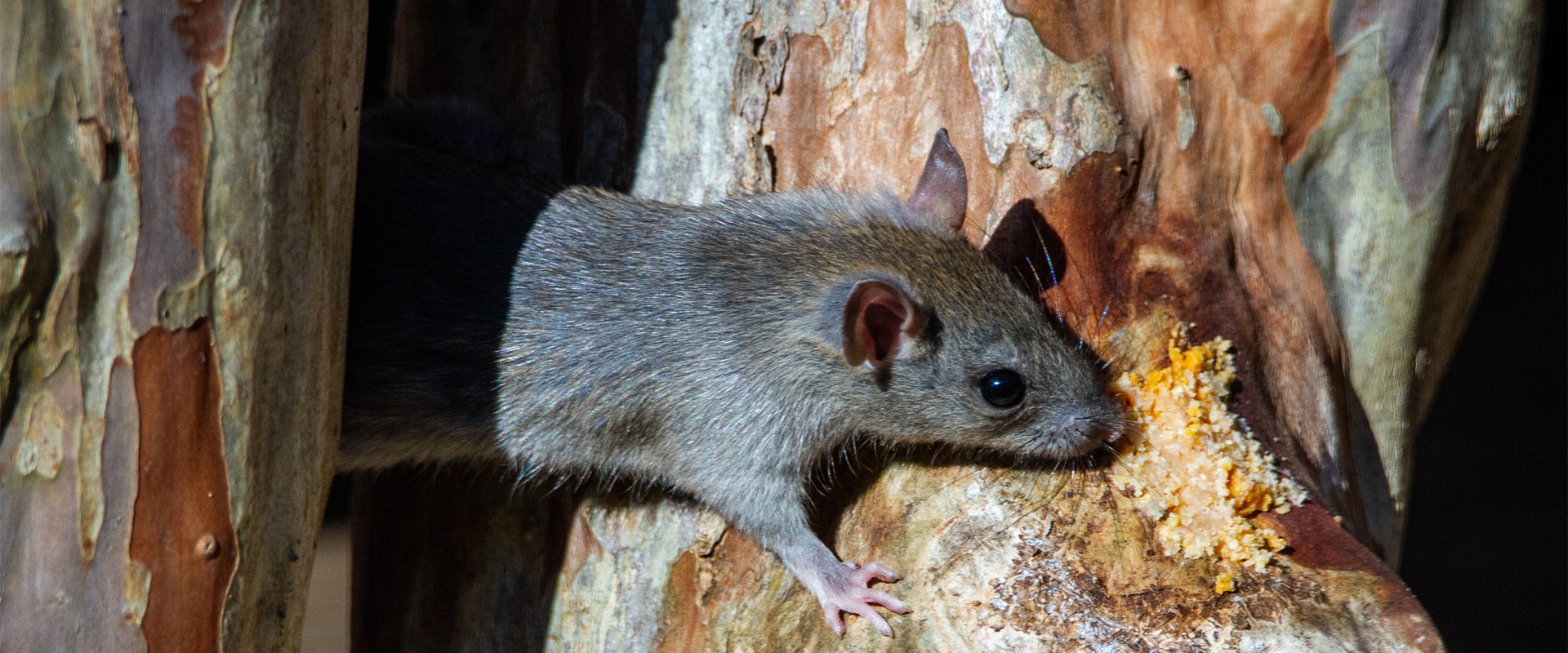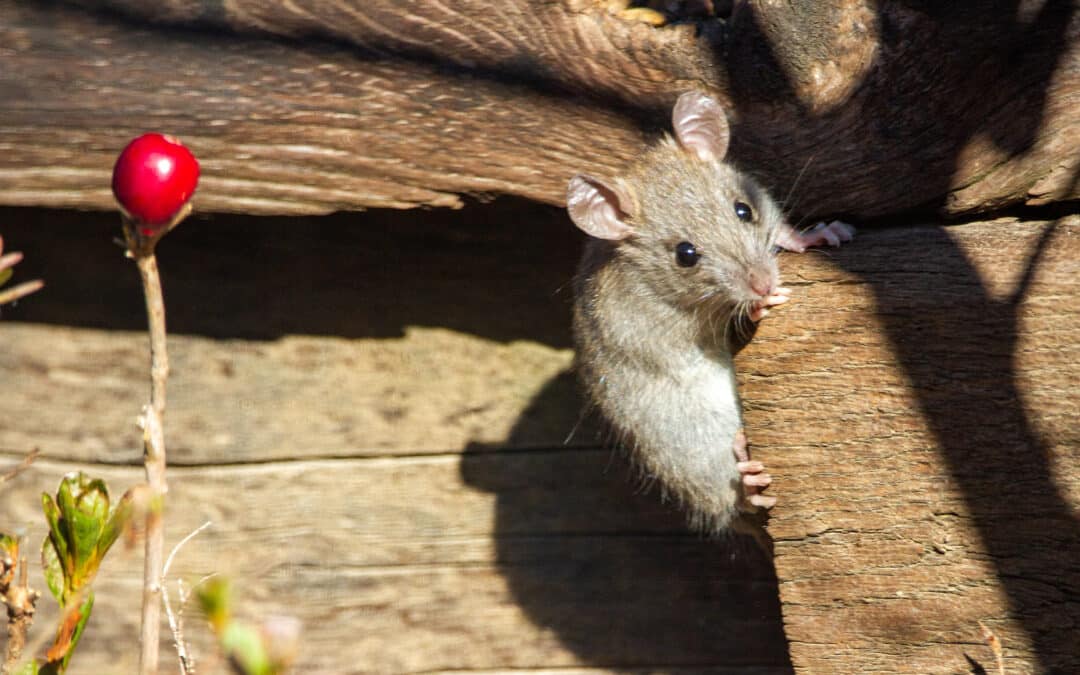Covid-19 is a virus that has had a profoundly negative impact on our daily lives, but not only. Rat infestation problems are on the rise and seem to be linked to the Covid-19 outbreak. In several cities and countries, the conflict between man and rat rages. Residents are seeing an increase in the rat population and associated infestations. Local authorities and environmental services are alarmed because the risks to human health are significant. Indeed, rats can transmit diseases and other parasites to humans. In this article, we’ll take a closer look at the increase in rat infestations and what steps need to be taken to limit their spread. We will explain in detail how the Covid-19 pandemic has caused the increase in rats and how we can guard against future infestations.
The COVID- pandemic and the increase in rat infestations
The COVID-19 pandemic has led to a collapse of economic and social activity around the world. This situation has created a considerable increase in the number of rat infestations in cities and urban areas. The absence of people inside the buildings and the sudden interruption of commercial and industrial activities opened the door to an invasion of mice and rats. Deserted streets and closed restaurants, cafes and shops are ideal places for these creatures, who can easily find food and shelter there. Municipal authorities and public health departments face a significant challenge in combating the increase in rat infestations. Communities are encouraged to intensify their efforts to clean and eliminate sources of food and shelter for rats, including reducing waste and removing weeds. It is also important to monitor public places and residences for the presence of mice and rats. Preventative measures such as rodent control and repellents can also help keep infestations under control.
How the pandemic has contributed to the increase in rat infestations
The COVID-19 pandemic has caused a monetary, economic and social decline and has significantly affected our lifestyles. It has also had a detrimental impact on the environment and animal populations. Rat infestations have increased significantly as a result of the effects of the pandemic. Several factors are responsible for this increase. Quite simply, rats hunt food sources, and the pandemic has had an impact on the food market. Restaurants and other food outlets have become targets for rats, who find increased amounts of food there. Cleaning and maintenance services in large public and commercial buildings such as schools, hospitals and shops have been significantly reduced as a result of restrictions on businesses. This has helped create favourable conditions for rat infestations that have multiplied.
Rat damage and health risks

Since the beginning of the COVID-19 outbreak, rat infestations around the world have increased significantly. Rats are present in places where they find food and water, and in the absence of natural predators, their population has increased significantly. They can cause considerable material damage and significant health problems. Rats can transmit diseases or infections and are also carriers of many parasites. People who are in direct contact with rats or their droppings, or who live in infested areas, are most likely to be infected. The most common diseases transmitted by rats are bubonic plague, leptospirosis, salmonella, rabies, toxoplasmosis, hantaviruses and typhus. These infections can lead to malaise, vomiting and diarrhea, and can even cause death. People who are frail or immunocompromised are more at risk than others and therefore need to take extra steps to protect themselves.
How to combat the increase in rat infestations caused by the pandemic
The COVID-19 pandemic has had disastrous consequences for all of humanity, and the increase in rat infestations is one such consequence. Reduced access to food services and reduced alley cleaning services have contributed to an increase in rat populations, resulting in nuisances and risks to public health. However, there are ways to combat the increase in rat infestations. The first step in combating the increase in rat infestations is to keep streets and surroundings clean and free of any form of garbage or food. City officials can maintain waste management systems and alley cleaning services to dispose of garbage and food. Restaurant companies and individuals should also ensure that their waste is not left outside. In addition, rat population control means can be used to control rat numbers in certain areas. The most common methods of rat control include mechanical control and chemical control. Agricultural producers are encouraged to reduce rat populations by using permitted chemicals and using mechanical control methods such as rat traps. Individuals should also seek advice from a rat control specialist to prevent their spread.
Prevention and control of rat infestations: practical means to put in place
The increase in rat infestations caused by the COVID-19 outbreak is a serious topic that requires practical measures to prevent and control it. Prevention is the first step. One of the best ways to prevent rats from settling in is to get rid of all food sources that attract them. This involves storing food and food products in airtight containers, cleaning and disinfecting containers and areas where food may have been left, and not leaving food waste outside. It is also important to have the home inspected and to check the level of sanitation in and around the house. It is imperative to cover or seal all holes and gaps in walls and floors, and to ensure that doors and windows are securely closed.
Once practical measures are in place to prevent the development of rat infestations, effective control measures must be adopted. The best way to control the rat population is trapping. To do this, it is necessary to use well-placed mousetraps or spring traps, and change their location regularly. Chemical-based baits can also be used, but this method is less effective and less safe. It is always best to call a professional who will know how to choose the appropriate methods to control the infestation. It is also possible to control rat populations through healthier diets and vaccination programs, but it is recommended to hire an expert to implement such programs.








Recent Comments